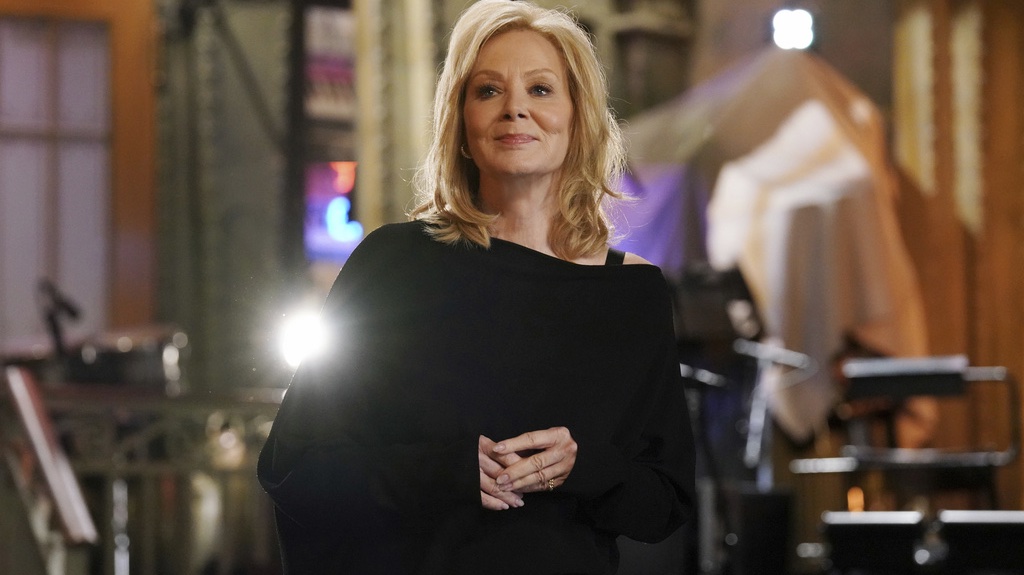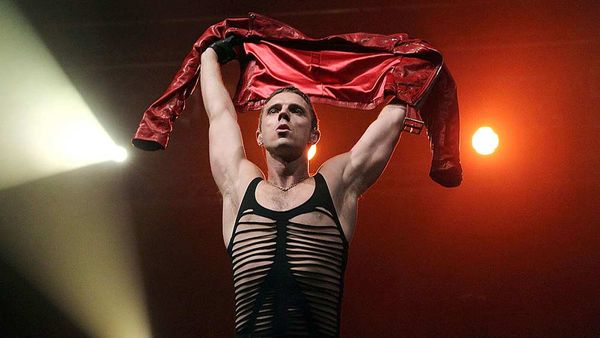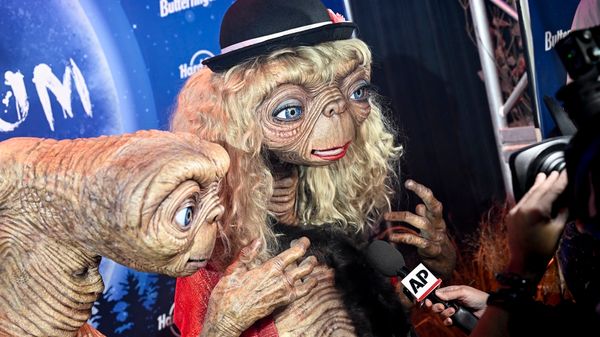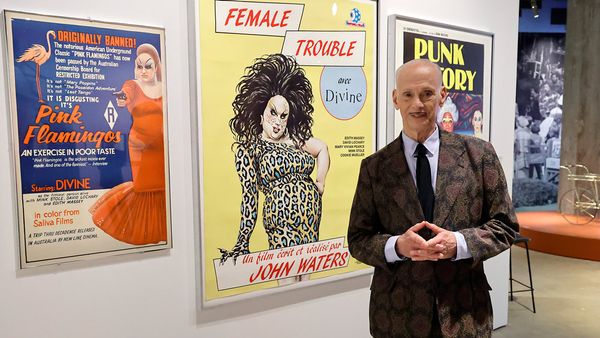
June 8, 2017
Ballet on Both Sides of the Bay
Paul Parish READ TIME: 4 MIN.
San Francisco is the major center for dance outside New York. Probably the most important reason we stay at that level is the outstanding quality of the company that bears its name. But maybe just as important is the quality of the School of the San Francisco Ballet, the oldest professional ballet academy in the country. It was founded in 1933 by Gaetano Merola, director of the newly founded San Francisco Opera, to provide dancers for their productions. At the same time, the school produced many graduates who could teach ballet and thus create the core of the audience.
In the Bay Area, fact is, ballet is a spectator sport. Any given night, at least half the audience can do ballet, and they come to the Opera House or other theaters as fans go to see the Giants or the A's. Way down deep, they can play the game. The mirror neurons are firing, the old mind-body connections are re-established, and the rest of the audience gets a contact high.
For those who've never seen it before, the sight of 3,000 people at our Opera House going crazy over a staggeringly great performance may seem odd. For me at least, when I first saw a ballet performance (in London at Covent Garden), it struck me as marvelous that a crowd of people larger than my hometown in Mississippi could understand a ballet at a profound level and scream for 20 minutes, making the dancers come back out over and over again. But there was nothing odd about it. In Mississippi, everybody dances, and they're passionate about it. But nobody would think it was anything you could think about. You just do it. That's when I became a critic: ballet is dance that has been thought about.
Thoughts like this flooded the mind as the whole SF Ballet School went through their set figures in the opening ballet last Friday night, the third of their performances. From Levels 2-8, the kids all looked glowingly confident, well-prepared, and well-suited to the steps that Karen Gabay, former ballerina with San Jose Ballet, had set for them, to the first movement of Beethoven's Seventh Symphony. Even the youngest kids had steps they could do with panache, to music that Wagner called "the apotheosis of the dance." Gabay understands something profound about the art, which is not news; she was a very musical ballerina.
The school roster boasts several great ballerinas: Sophiane Syvle, who is still performing and one of the finest classical dancers in the world, and the recently retired Tina LeBlanc, who ranks at that level. The stars of the pas de deux from "Don Quixote," Wona Park and David Preciado, killed it with magnificent performances. Park has technique galore. Though she has yet to develop the temperament of a ballerina, all the basics are there.
Throughout the evening, there were wonderful performances, in the contemporary work choreographed by Myles Thatcher for the company apprentices, the highest level of the school; and by the choreographic trainee Blake Johnston, whose dancers looked elegant at all times. Transitions were fluent no matter how difficult, and the dancers' lines inscribed gorgeous figures as they melted from one position to the next. The dances aren't memorable, but the dancers were very impressive.
The evening closed with Balanchine's great ballet "Serenade," originally choreographed for student dancers to teach them the difference between stage performance and schoolwork. It was the first ballet he made for American dancers after emigrating here, and it has become immortal. The dancers gave it their all and confirmed its status as a classic.
Meantime across the Bay, the Oakland Ballet Company made a tremendous case for themselves as a company with not only an impressive past but also a claim on the future. This group, which began its life as an East Bay offshoot of the San Francisco Ballet, looks like it may well make a comeback. The current incarnation danced far beyond themselves in their opening night last Thursday at Laney College Theater, the way they danced in their glory days, in the 90s.
They've had a rough 20 years since the earthquake devastated Oakland's downtown. Many things went wrong, little went right, but they're pulling themselves out of the hole. The community is behind them, they've finally got a full-time artistic director who lives in Oakland, and they've got a ballerina, Ramona Kelley, who grew up in the East Bay. (Full disclosure: I've known her since she was a child.) Kelley exceeded all expectations as the fair beloved in "Consort," set to a miscellany of Shakespeare's sonnets; and as Titania in "A Midsummer Night's Dream" she projected so powerfully she held the whole piece together.
Oakland Ballet artistic director Graham Lustig made both these dances, and though they have some langueurs, the whole of each coheres. His company managed the hardest thing, to make you believe you'd seen dancers moving like fairies, with unbelievable lightness and grace, flying through difficult combinations of steps at incredible velocity, never taking a misstep. Their courage in all this, and their focus in keeping their trajectories clean and clear, made the whole audience scream with admiration. Sometimes a ballet is like a ballgame: you feel that everyone there is overjoyed.
Outstanding dancers that night were Lydia McRae, Scott McMahon, and Alicia Chang as the Athenian lovers, Felipe Leon (Puck), Coral Martin and all the fairies, Domenico Luciano and Kelley as King and Queen of the Fairies.







